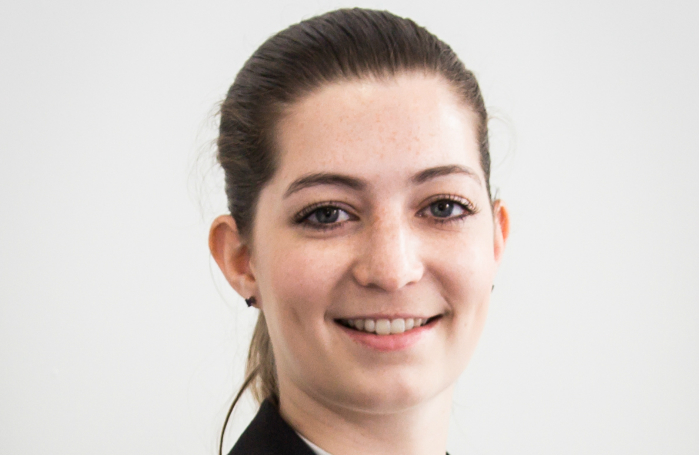Louise knew she wanted to study architecture from a young age having always enjoyed an interest in art and science at school. It was her parents who opened her eyes to the industry, helping her drive her commitment to architecture.
Louise feels diversity brings new skills to the mix, different perspectives to a discussion and strengthens a design team overall.
I grew up in Washington, Tyne & Wear, where both my parents worked and no one in our family had previously been to university. My Father was a fitter down a mine and my mum was taking evening courses to qualify as an auditor. It feels a little cliché to say, but at around the same time Grand Designs began on the TV. My parents introduced me to the programme as they felt it would give me some direction toward a potential future industry. I felt it gave me an insight into the way I could develop these interests into a profession that would enable me to continue enjoying a mix of creativity and scientific rigour. From that moment on, even at an early age, I was very focused and driven to follow that path and become an architect.
It was said that as a child my sister had commented that my dad was either at work or in bed, highlighting a strong work ethic had always been present in the example that my parents had set for us. As soon as we expressed an interest or passion we were encouraged as much as possible to pursue it. Following my introduction to Grand Designs and highlighting my interest in Architecture as a career path, my parents supported and encouraged me where possible to achieve this dream.
One of the most enjoyable aspects of architectural work for me is the overall problem solving, be it from a tightly constrained site to a difficult detail or junction to overcome. I feel like I thrive at the challenge of finding a solution that meets the client’s needs and desires. Whilst also listening to a brief and developing it into something the client didn’t believe could be possible, bringing the imaginary to reality.
My most enjoyable project from university was during 5th year, where we were tasked with finding an existing building - redundant or still in use - and reimagining it through a detailed study of the existing building into something else.
I focused on the Sunderland Civic Centre designed by Sir Basil Spence, and this developed into a true appreciation and love for Modernist buildings. I had real fun developing the building into a culinary institute for the North, bringing a cattle market to the debating chamber and market hall to the main entrance, right up to a catering college and restaurant on the top floor, giving Sunderland a focus on the culinary map of the UK.
My part 1 year out fell right in the middle of the recession and I struggled to find a placement. At the same time the factory my father currently works in was having works carried out and the architect was on site. My dad approached the architect to ask for advice. This act of humility resonated with the architect who had a similar background and ultimately helped me secure my first job.
This is where one of my most enjoyable live projects took place, looking at the redevelopment of a derelict water mill. I worked closely with the project architect and client to painstakingly survey every element of the existing mill and turn the building into a much-loved family home. I particularly enjoyed the close working relationship with the client who carried out all the works himself, helping and aiding the client to understand and create each element from the replacement of the roof, down to the water wheel mechanism to generate power.
I appreciate fine detailing, I believe the strength of a building can be taken beyond the everyday mundane purely based upon the detailing considered. Be that a conversion project based upon natural forms or a form follows function development, each of these philosophies can be strengthened further through the careful consideration of the buildings’ details.
I believe diversity, equality and inclusion are important in everyday life, if we were all the same and all came from a similar background it would be difficult to learn from one another. Our individual experiences and interests are what makes us interesting, allow us to form relationships with clients, and ultimately show through in our final built projects.
Louise's contribution is part of our Faces of Architecture campaign, celebrating the diversity of architects in the North East. If you’d like to get involved, contact Amy Tomlinson.










